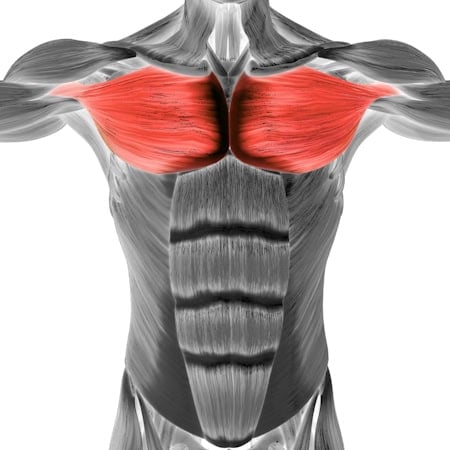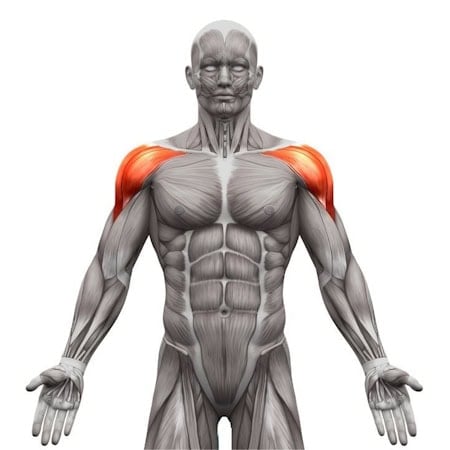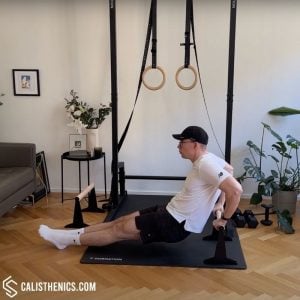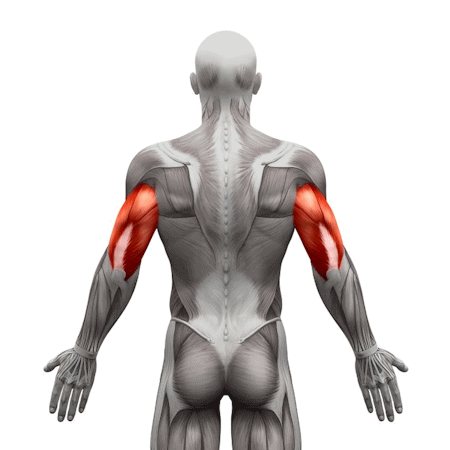Bench dip
How to do Bench dip?
The Bench Dip is a simple and effective bodyweight triceps exercise performed using a stable surface like a bench, box, or sturdy chair. It’s a popular movement for building upper-body pushing strength, especially in the triceps, chest, and shoulders, and is commonly included in calisthenics, bodyweight, or home workouts. Because it requires no fancy equipment and can be performed virtually anywhere, it’s an ideal option for both beginners and intermediate athletes.
The bench dip involves supporting your body with your arms behind you, lowering your body by bending the elbows, then pushing yourself back up. It’s a great choice for those building strength toward more advanced dips (such as parallel bar or ring dips) or for adding volume and time-under-tension to a pushing workout. The legs can be bent (easier) or extended straight (harder), making this a scalable pushing movement.
While it’s beginner-friendly, athletes should approach the bench dip with proper technique to avoid unnecessary strain on the shoulders, particularly in the bottom position. You’ll need a bench, plyo box, or chair at knee height. A second bench or footrest can be used to elevate the legs for increased difficulty.
How to Perform a Bench Dip
- Setup
- Sit on the edge of a bench with your hands placed next to your hips, fingers pointing forward, gripping the edge.
- Slide your hips off the bench so your arms support your weight.
- Your feet can be placed flat on the floor with knees bent (beginner) or legs extended straight (intermediate/advanced).
- Lowering Phase
- Slowly bend your elbows, lowering your body down in front of the bench.
- Keep your elbows pointing straight back, not flared to the sides.
- Stop when your upper arms are roughly parallel to the floor or when your shoulders are in a comfortable range.
- Pushing Phase
- Push through your palms to extend the elbows and raise your body back to the starting position.
- Keep your core engaged and shoulders away from your ears.
- Don’t lock the elbows harshly at the top—stop just shy of full lockout to keep tension in the muscles.
- Breathing Pattern
- Inhale as you lower your body.
- Exhale as you press back up to the top.
- Repetitions and Sets
- Perform 3–4 sets of 8–15 reps, depending on your strength level.
- Rest 30–60 seconds between sets or longer if training for strength.
Benefits of the Bench Dip
- Strengthens the Triceps – The primary focus is on elbow extension, making this an excellent triceps builder.
- Builds Upper-Body Strength – Involves the chest and shoulders for support and stabilization.
- Progression Toward Dips – A helpful stepping stone to parallel bar dips, ring dips, or weighted dips.
- Convenient and Accessible – Can be done almost anywhere with no gym required.
- Scalable Difficulty – Foot position can easily modify the challenge for any fitness level.
- Adds Volume to Push Workouts – Great for finisher sets or supersets with push-ups and other pressing exercises.
Common Mistakes to Avoid
- Flaring the Elbows – Keep elbows tucked back, not splaying to the sides.
- Lowering Too Deep – Dropping too low places excess stress on the shoulders; stop around a 90-degree bend at the elbows.
- Shrugging the Shoulders – Avoid letting your shoulders rise toward your ears; keep them retracted and depressed.
- Moving the Hips Too Far from the Bench – Staying too far away increases leverage and stress on the shoulders.
- Over-Reliance on Legs – Keep your arms doing most of the work, especially in the easier (knees bent) variation.
Similar Exercises
If you’re in the gym and want to mimic or build on the bench dip, try:
- Cable Triceps Pushdowns – Isolates triceps without shoulder strain.
- Machine Dips – Similar motion, adjustable resistance.
- Parallel Bar Dips – Advanced bodyweight dip with more load and depth.
- Close-Grip Bench Press – Barbell pushing focused on triceps.
- Overhead Dumbbell Triceps Extensions – Great for increasing triceps length-tension strength.
Tips for the proper execution of Bench dip
Keep your chest lifted and shoulder blades squeezed back.
Move slowly and with control, especially during the lowering phase.
Stop when your upper arms are parallel to the ground—deeper is not better.
Try squeezing your triceps at the top of each rep for a stronger contraction.
Warm up the shoulders and triceps before performing high-rep or weighted variations.
Place a weight plate or dumbbell on your lap for added challenge (advanced).
Muscles worked when doing Bench dip
Primary Muscles
-
Triceps Brachii – Main driver of the pushing phase.
Secondary Muscles
-
Anterior Deltoids – Stabilize and assist during elbow extension.
-
Pectoralis Major (Lower Chest) – Supports horizontal shoulder extension.
-
Forearms and Grip Muscles – Stabilize the hands during support.
-
Core – Slightly engaged to maintain hip and torso position.
Primary Muscle(s):
Secondary Muscle(s):

Lower chest

Anterior delt
Adjust the difficulty of Bench dip
How to make Bench dip harder?
How to make Bench dip easier?
How to make Bench dip harder?
To make Bench dip harder:
-
Extend your legs straight out with heels on the ground.
-
Elevate your feet on a second bench or box to increase resistance.
-
Add a weight plate or dumbbell on your lap for progressive overload.
-
Perform slow eccentric reps—lower over 3–5 seconds per rep.
-
Pause at the bottom of each rep for added time under tension.
How to make Bench dip easier?
To make Bench dip easier:
-
Bend your knees and place feet flat on the ground.
-
Keep hips closer to the bench to reduce the lever arm.
-
Perform partial reps within a comfortable range of motion.
-
Add pauses at the top to rest briefly and maintain control.
-
Use a lower surface (e.g., step or yoga block) if bench height is too challenging.




